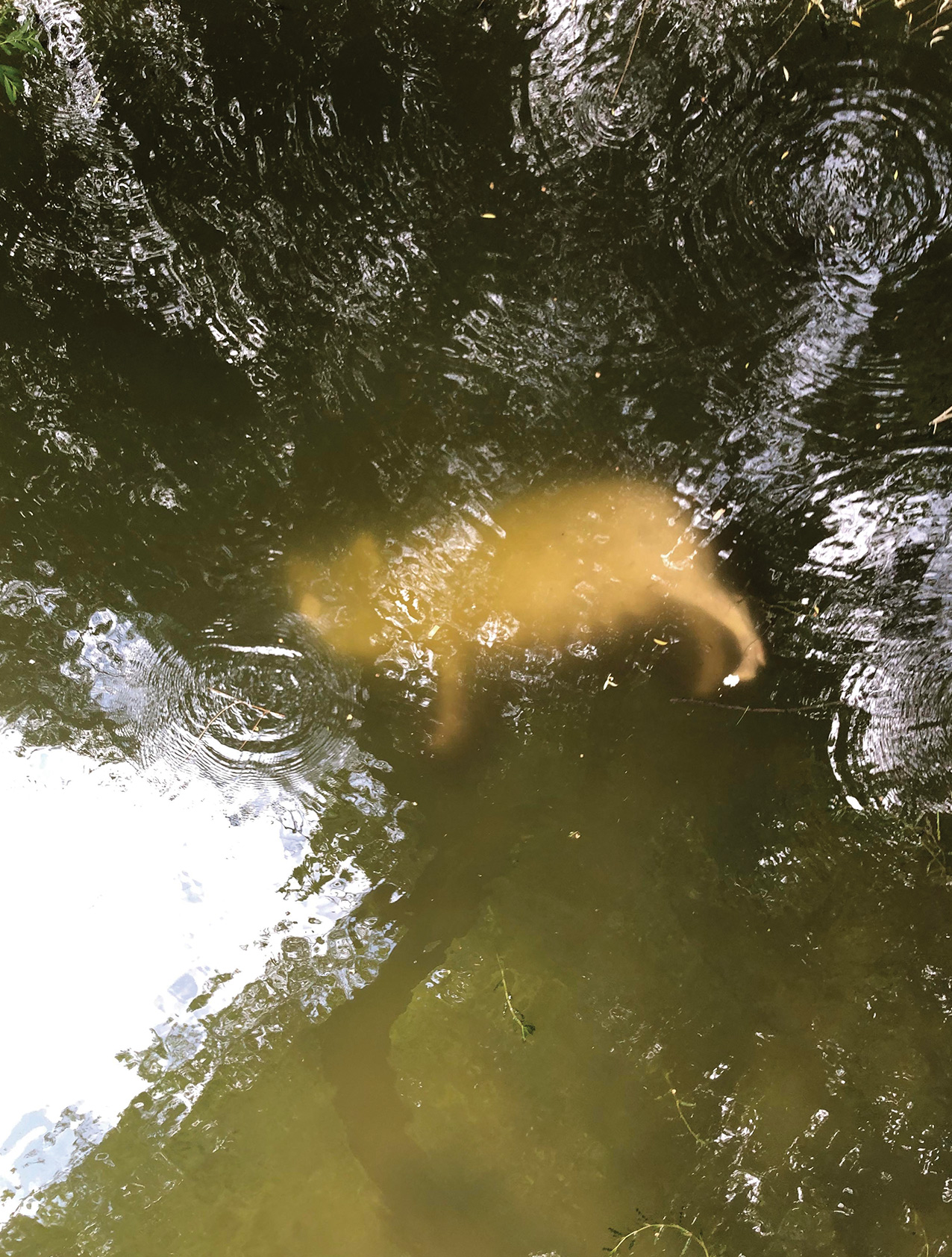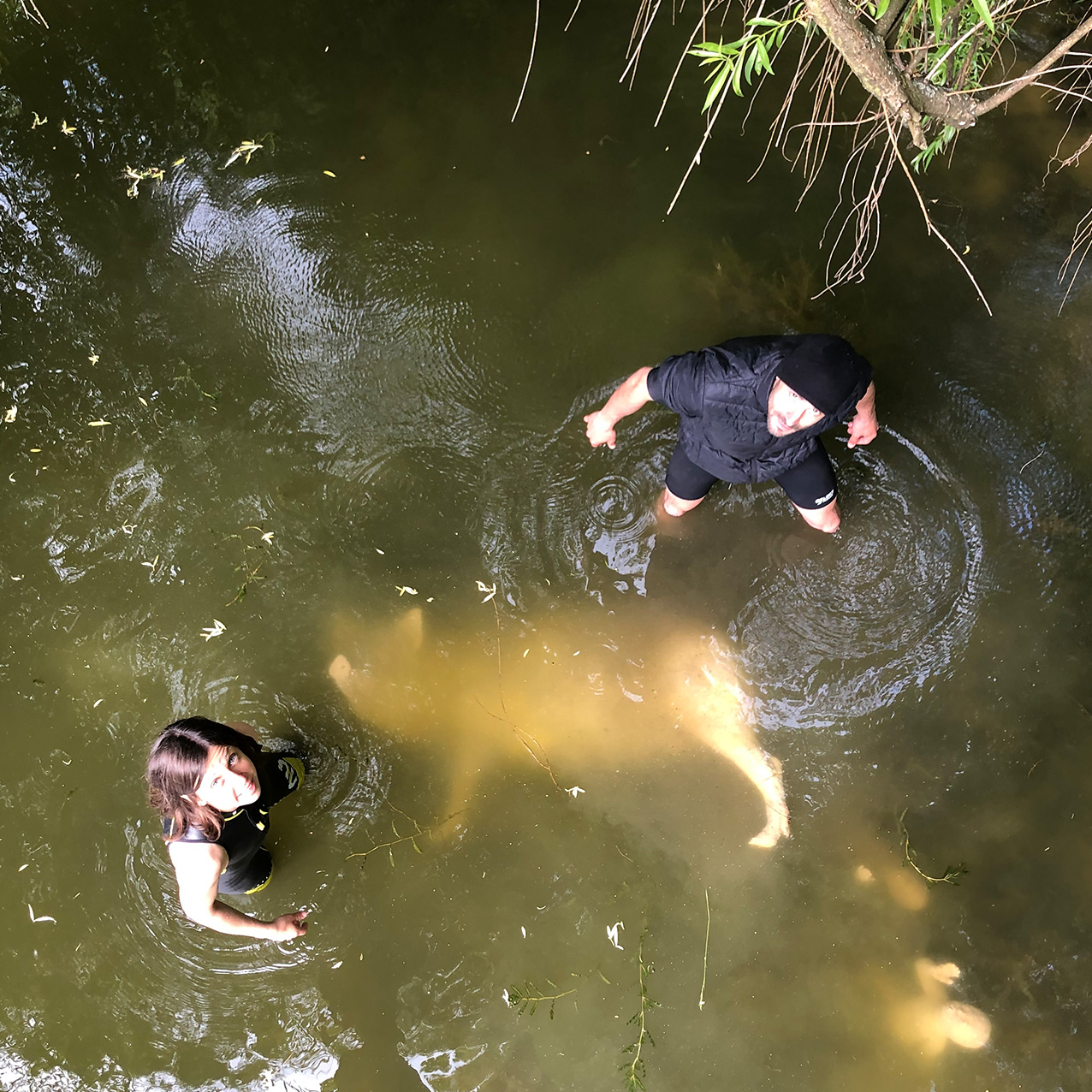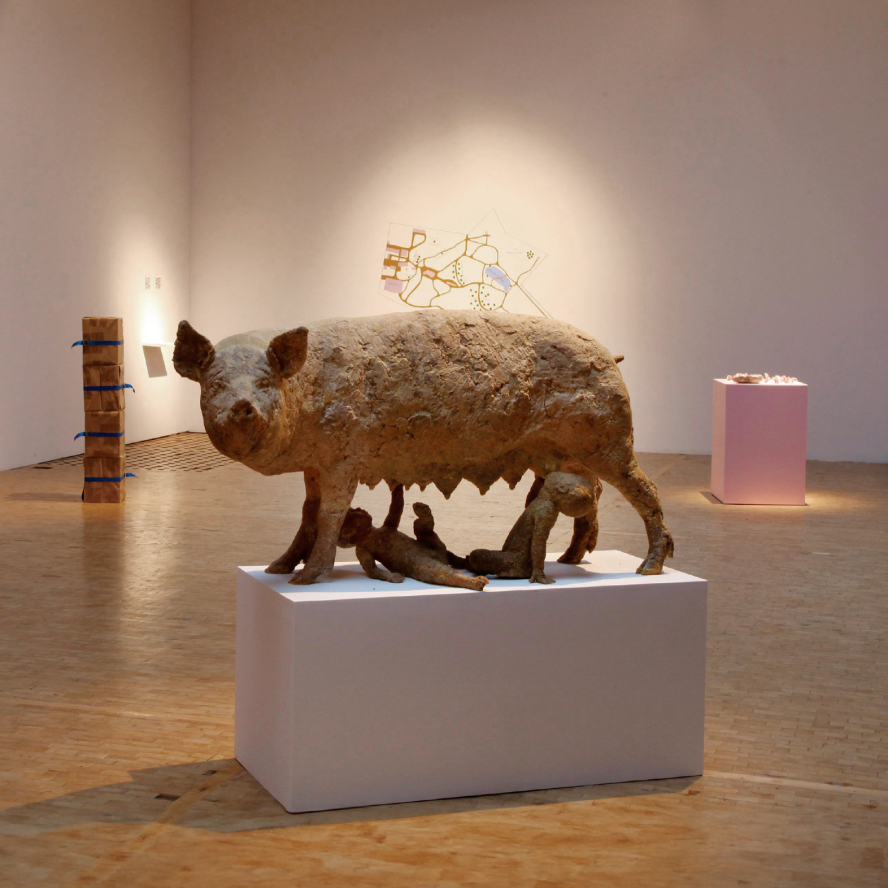Decay
oryginal tittle: “Rozpad”
Center of Polish Sculpture in Orońsko, 2021
Photo:
Piotr Szmyt, Gaweł Dykas
Sculpture:
Rhea Silvia (2020)
Own technique. Corn meal, wood
88 x 150 x 70 cm


Rhea Silvia: When the symbol of consumerism becomes nature's food
In the context of contemporary art, where the boundaries between nature, culture, and the social mechanisms dominating the world we live in are increasingly blurred, the sculpture Rhea Silvia represents a surprising yet profound reference to the issue of consumerism, which has dominated our perception of both the animal world and the natural environment over the centuries.
The sculpture, depicting a pig, reinterprets the legend of the Capitoline wolf. It became a symbol of the global empire of consumerism, which, over time, has proven to be more powerful than any empire in human history. The form and content of the work offer a critical commentary on modern industrial farming practices, where animal life is reduced to a mere resource exploited by humans. This empire, stronger than any in history, continues to grow, fueled by consumption and the relentless exploitation of everything in its path.
In this piece, the artist transforms the wolf – a primal symbol of power, survival, and the nurturing of the founders of civilization – into a pig mother. Instead of giving birth to the founders of empires, she symbolizes a darker aspect of humanity: consumption. This global phenomenon is based on food production, industrial farms, and the ruthless treatment of animals. The pig, transformed into a symbol not only of consumption but also of exploitation, becomes an image of an unending chain of dependency, where nature is reduced to a mere commodity – a resource to be used, processed, and destroyed.

The surprising transformation of this sculpture took place when it was placed in the pond at the Centre of Polish Sculpture. Instead of remaining a permanent, enduring form, the sculpture became part of the natural cycle.
It was eaten by fish, which destroyed it, returning it to nature in its purest form – a process that is not only physical destruction but also a symbolic return of this cultural construct to nature. This deliberate action, which literally and metaphorically turns the artwork into food, addresses the issue of consumption in both an ethical and ecological context.
When we think of consumerism, we rarely see the full picture of its consequences – for both nature and humanity. Industrial animal farming is a subject rarely explored in art, despite its urgent relevance. With Rhea Silvia, the artist not only refers to the act of consumption itself but also to its consequences – the issue of final decay, death, and return to the natural cycle. The sculpture, consumed by the fish, serves as a reminder that both humans and animals are part of the same ecological circle, where every form of life, even the most exploited, ultimately submits to nature.
Thus, Rhea Silvia becomes a work that symbolically engages us in reflecting on our place in the ecosystem, on the cycle of life, death, and consumption, and on what remains after this destructive machine.


SCULPTURE 
Rhea Silvia
(2020)
80 x 150 x 70 cm
Own technique. Corn meal, wood.

